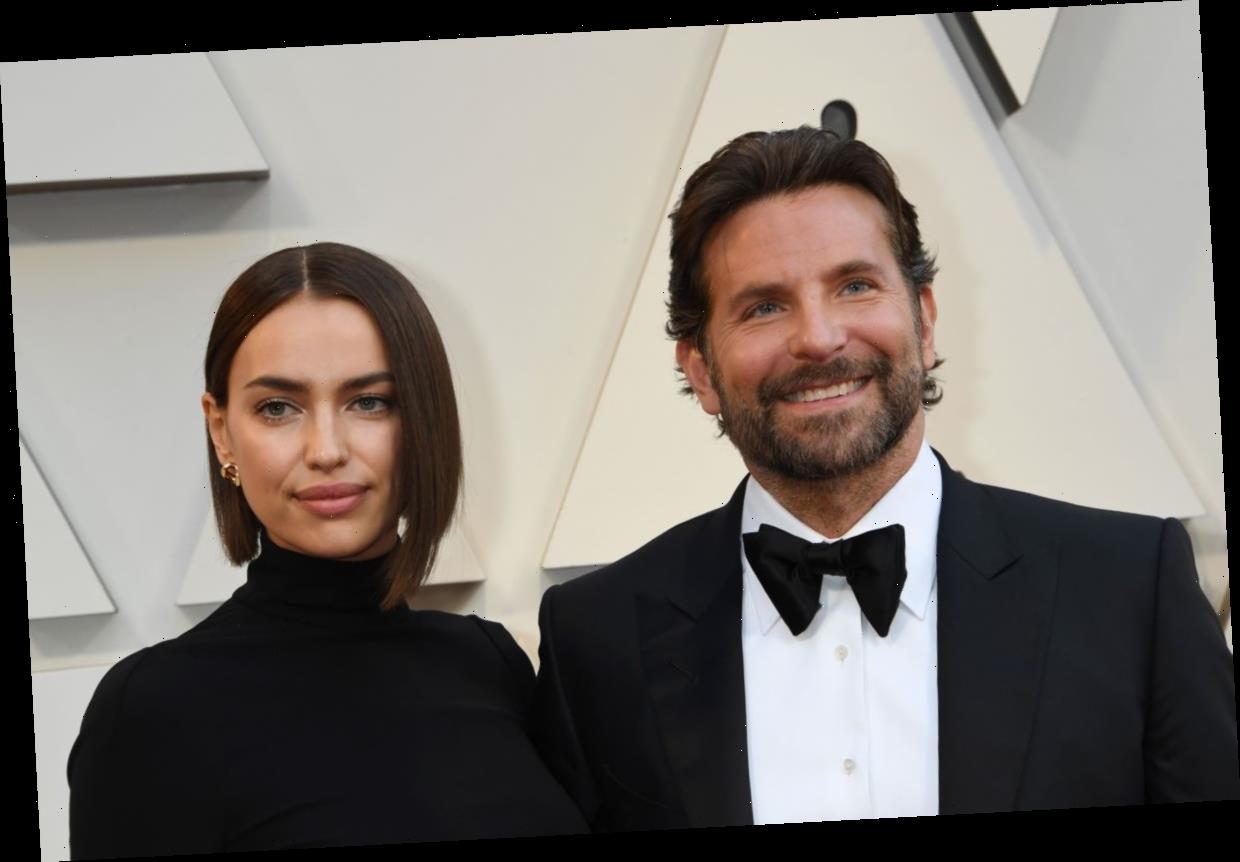Pete Docter, director and co-writer of Pixar’s “Soul,” appraised his co-workers by saying, “This team is crazy good.”
The film entailed four years of production and hundreds of workers. “I think most of the team were excited to stretch outside the box of what people might expect from an animated movie. Subjects like why are we alive? What are we doing with our time on Earth?” Docter says. He notes that the film, a hot contender during the long Oscar season, owes a lot to “individual contributors and these great leaders who help shape and direct the work.”
Ren Klyce, supervising sound editor
“We knew sound would be crucial. Ren created sounds and we auditioned them; the sound started to influence the way we visualized it. We hadn’t started building the Great Before and asked Ren, ‘What’s the ambience of the place?’ He brought in elements of nature sounds, which was not what I’d asked for; I didn’t want it to be ‘of Earth.’ But he brought in echoing birds and manipulated children’s laughs and made the place approachable and friendly. We realized, ‘He’s right. We visually need grasses and hillsides,’ things we may not have otherwise done. It was very collaborative and cooperative.”
Kevin Nolting, editor
“Editorial is the hardest-working department in the whole film: They join early and are on the film intensely until it’s released. They’re the hub. Everything cycles through them. Kevin has a lot to bring as a ‘story mind.’ We have a storyboarding process, and that ends up being where a lot of discoveries are made. It’s an extension of the script process, and editorial is essential because we’re doing our own temporary dialogue, music and sound effects, mocking up the whole thing as we go. The film begins moving along — and then when it gets to lighting, everything jumps, thanks to directors of photography Matt Aspbury and Ian Megibben and a small army of lighting experts.”
Steve Pilcher, production designer
“Steve has immense enthusiasm and energy, which is great because it’s an immense amount of work. Every prop on-screen has to be designed and built. You can’t go to Target to buy a lamp; it all has to be created, and some sets had hundreds of elements. In various religious traditions, souls are described as being vaporous and nonphysical. So in the film’s world of souls, we wanted a soft feeling, and it’s a little abstract, with an almost mathematical preciseness. In contrast is the Earth world, which we wanted as hard-edged as possible, to be completely opposite. Character art director Albert Lozano and sets art director Paul Abadilla looked for ways to emphasize that.”
Jude Brownbill and Bobby Podesta, animation supervisors
“Another unsung aspect is the story artists. People think it’s storyboarding, like Alfred Hitchcock used. But this is actually an extension of the script process. Story artists add a lot; the writers see it and are inspired. Our animators are like actors. Our voice actors are invaluable, of course. But our supervisors, Jude Brownbill and Bobby Podesta — and providing additional animation supervision, Dave Mullins — all led a small army of ‘actors.’ We set up a scene, like Joe visiting his mom, and we talk as you would to an actor, discussing motivation, subtext. It’s like building a puppet, and then you bring in hordes to move it all around. Everyone is watching and learning to take those discoveries back to what they’re working on. The whole process is slow: Animators on average do about four seconds a week.”
Bill Watral, effects supervisor
“In one way, every shot we do is a visual effect. But we consider ‘VFX’ to be for things that are more complex, that we wouldn’t be able to key-frame like you would a performance, such as explosions, dust, footprints. In ‘Soul,’ it’s the ship going through the sands; we wanted to leave a wake of astral dust, so a group of seven or eight people worked to make that look good. There was also the Astral Plane, busting through the Force Field at the beginning — big, visually prominent effects. For effects, I kick off things with FX supervisor Bill Watral. And there are effects lead Keith Klohn and visual effects supervisor Michael Fong. Michael was looking out for everything: the rendering tools we use, our processing capabilities. He is generally silent, asks just the right question, and then walks off and everything works.”
Read More About:
Source: Read Full Article

